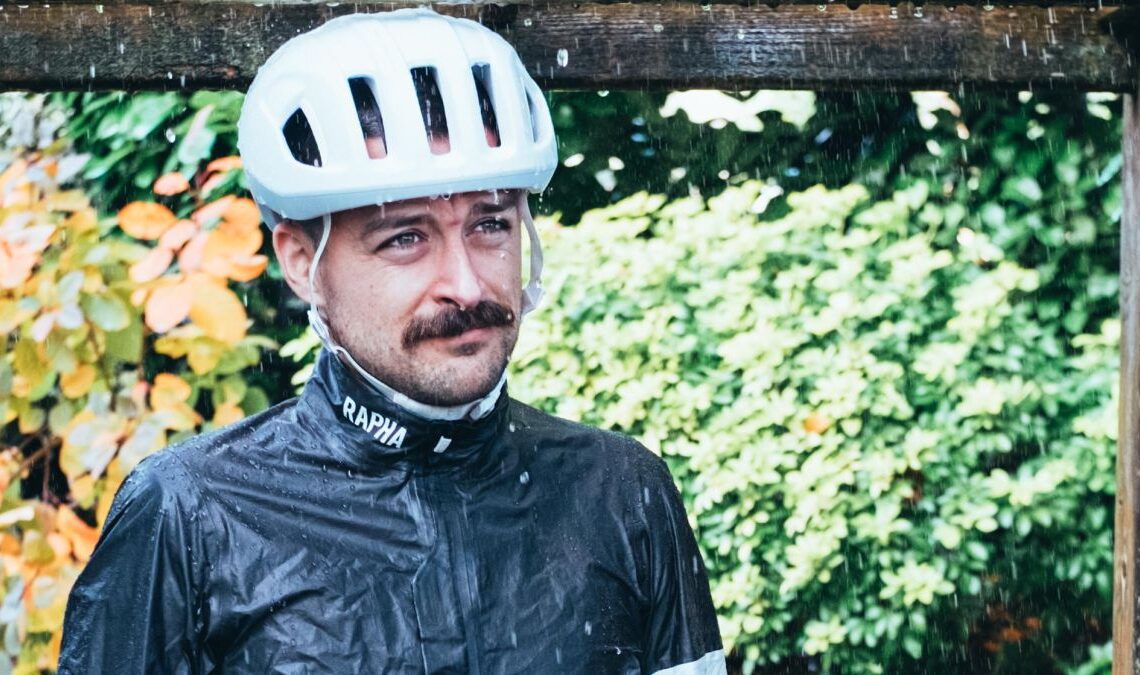I’ve spent a lot of time recently checking the weather forecast. You may well have been doing the same in order to avoid the worst weather, but I’ve been doing my best to time all of my riding with any rain that passes over wherever I happen to be at the time, in order to bring you a thoroughly comprehensive guide to the best waterproof cycling jackets.
My shoes, both my road and gravel ones, have genuinely remained permanently soggy, I have accidentally submerged my bottom bracket misjudging puddles, and on one memorable ride I managed to destroy a brand new front light in under an hour, such was the level of spray coming off my front wheel.
Through this testing, I’ve been able to bring you some recommendations for what I think of as the best option for specific use cases, but I’d like to share with you some more general learning points so that you can have a better time while riding in the rain, whichever jacket you opt for.
Without further ado then, here are six lessons that I’ve picked up while becoming borderline amphibious.
1. For an hour of hard riding, just use a softshell
If, like me, your winter riding flips from the long, beautiful epics of the summer into snatched hours in the twilight gloom, and you go for intensity over distance, then my advice would be to just use a softshell jacket. Our guide to the best winter cycling jackets has plenty of options but in terms of maintaining an ideal temperature something like the Rapha Pro Team Long Sleeve Gore-Tex Infinium Jersey – with its concise nomenclature – is going to stand you in far better stead than even the most breathable waterproof cycling jackets.
Cycling at high intensities generates an enormous amount of heat, more than any waterproof jacket can deal with without leaving you sweaty, and in turn more or less as wet as you’d be anyway, except far too hot. It’s why you see pro riders throwing their rain capes off for the final 50km, unless it’s bad enough weather to begin discussing calling the stage off early. Softshell options, by comparison, allow you to get wet, but let you offload substantially more body heat, making life more comfortable.
For long days at a lower intensity, though, a hardshell is going to be better if it’s actually raining.
2. Fit is more important than you’d think
While a flappy jacket is not aerodynamic, riding a jacket cut for your riding position makes a…
Click Here to Read the Full Original Article at CyclingNews RSS Feed…

